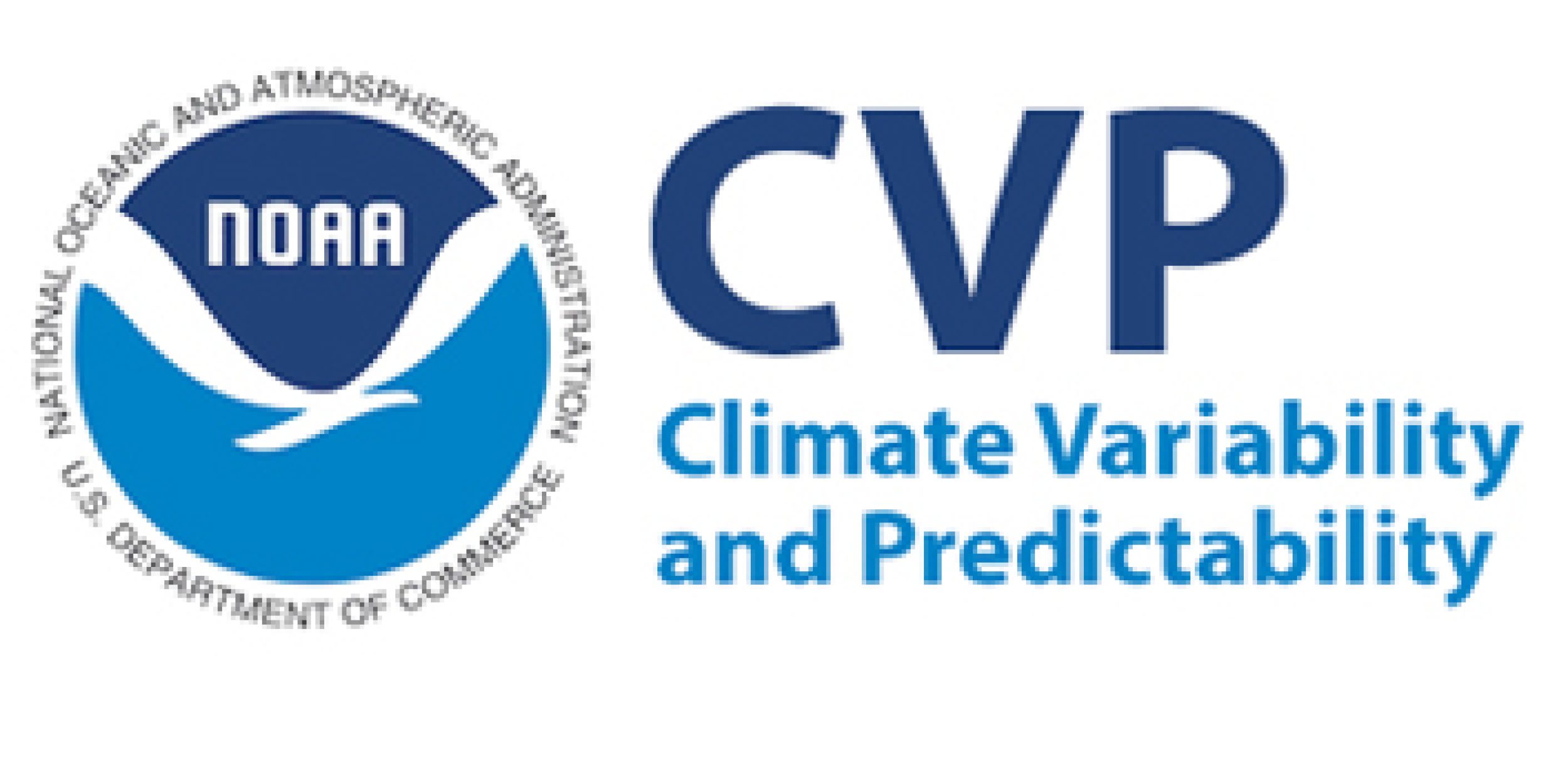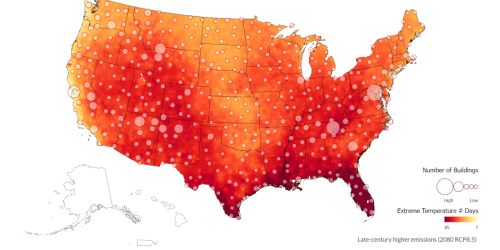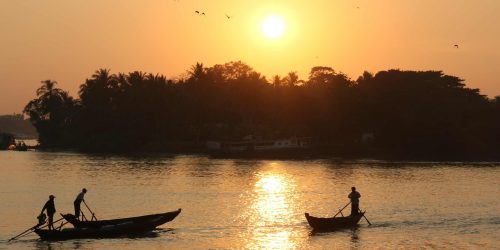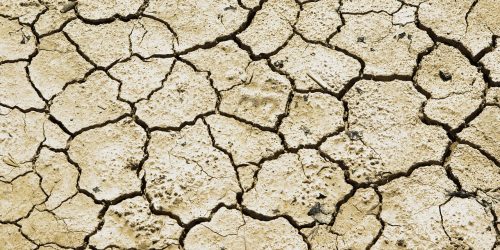NOAA’s Climate Variability and Predictability (CVP) Program is funding eight new projects (10 academic awards, four NOAA Lab, Center or CI awards) for a two-year total of $3.961 million in FY18 intended to contribute to the goals of TPOS 2020.
CVP supports research that enhances our process-level understanding of the climate system through observation, modeling, analysis, and field studies. The CVP Program is a critical component of the integrated research enterprise at the NOAA Climate Program Office (CPO), and maintains important connections to the other CPO program areas. In order to improve understanding of the climate system and its representation in models we need high-quality, consistent, long-term observations of the many parameters of the climate system. The Ocean Observing and Monitoring Division (OOMD) of CPO provides high-quality long-term global observations, climate information, and products that are used by CVP-supported scientists to build improved theories for the complex dynamics of the many components of the climate system, and in turn OOMD is informed by the needs of the process modeling and climate variability community.
Eight new modeling studies have recently been funded by the Climate Variability and Predictability Program (CVP). The fundamental overarching goal of the Tropical Pacific Observing System 2020 (TPOS) effort is to enhance and redesign international observations of the tropical Pacific. In the First Report of TPOS 2020 (Tropical Pacific Observing System 2020, tpos2020.org), many recommendations and proposed actions were identified. These projects are pre-field modeling studies in support of the two proposed TPOS process studies, Pacific Upwelling and Mixing Physics (PUMP) and Air‐sea interaction at the eastern edge of the Warm Pool.
Motivation behind the Pacific Upwelling and Mixing Physics (PUMP) study is that equatorial upwelling is a poorly observed aspect of the climate system, however, that upwelling is a principal initiating tool for the strong ocean-atmosphere coupling of the equatorial Pacific. Wit the most consequential equatorial upwelling occurring in the Eastern and Central Pacific Ocean, cold water with high concentrations of nutrients and carbon dioxide are brought to within 100m of the surface. This equatorial upwelling process remains poorly understood and poorly constrained in climate models.
The western Pacific is identified by a warm and fresh pool – this is the result of the warm water accumulation by heavy rainfall and the equatorial trade winds in the central Pacific. Inspiration for this project is to understand the air-sea interaction processes and the role of upper ocean salinity in maintaining the warm sea surface temperatures at the eastern edge of the west Pacific warm pool. Air-sea interaction at the eastern edge of the warm pool studies will involve using a mix of fixed platforms and mobile observing systems that would follow the evolving warm pool ledge.
The eight new projects supported by CVP in FY18 include:
- “Pre-Field Modeling Studies/TPOS Process Studies, a Component of TPOS 2020” – PI: Frank Bryan, University Corporation for Atmospheric Research; LuAnne Thompson, University of Washington; William Kessler, PMEL
- “Understanding Coupled Ocean-Atmosphere Processes at the Eastern Edge of the Warm Pool in Support of TPOS 2020” – PI: Shuyi Chen, University of Washington
- “Understanding Processes Controlling Near-Surface Salinity in the Tropical Ocean Using Multiscale Coupled Modeling and Analysis” – PI: Carol Anne Clayson, Woods Hole Oceanographic Institution
- “State estimates for the tropical Pacific: a reanalysis for evaluating the model, observations, and mass, heat, and salt fluxes” – PI: Bruce Cornuelle, University of California, San Diego
- “Use of high resolution ocean model to assess sampling strategies for TPOS 2020 process studies” – PI: Kelvin Richards, University of Hawaii
- “Improved Understanding of air-sea interaction processes and biases in the Tropical Western Pacific using observation sensitivity experiments and global forecast models” – PI: Aneesh Subramanian, University of California, San Diego; Kris Karnauskas, University of Colorado; Charlotte DeMott, Colorado State University
- “Simulations and analysis of mesoscale to turbulence scale process models to facilitate observational process deployments in the Equatorial Pacific Cold Tongue” – PI: Daniel Whitt, University Corporation for Atmospheric Research; Ren-Chieh, University of Washington
- “Multi-timescale near-surface salinity variability at the eastern edge of the warm pool: A Modeling and an OSSE study in support of TPOS 2020” – PI: Arun Kumar, NOAA; Dongxiao Zhang, PMEL; Meghan Cronin, University of Washington










